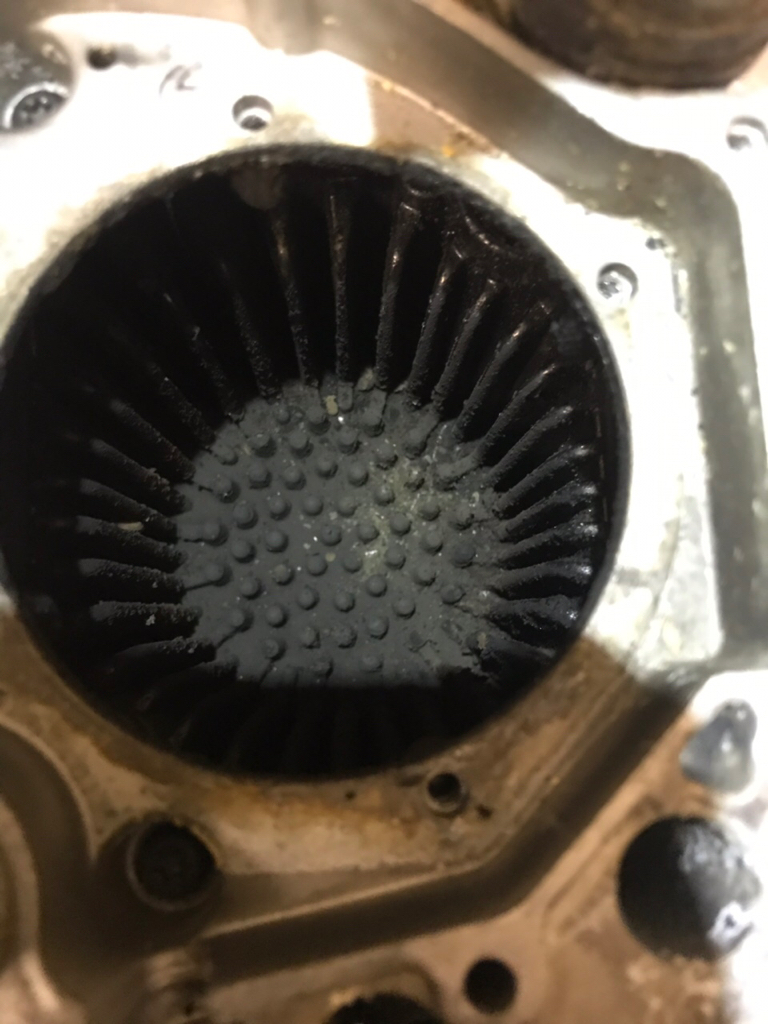AGlassAct
Well-known member
- Messages
- 1,129
- Location
- Burton On Trent
Helped install a webasto the other day. All went well and it ‘seemed’ to function check OK. Header tank reached 70 degrees then the webasto went in to slumber mode, heat exchanger was red hot and water coming through it was a steady 40 degrees out of the pressure release valve (fitted a return circuit back into the tank when the univalve is off). Job was a good un’ - so I thought. The report now is the heater is doing it’s warm up and the header tank as it should be, as soon as the the hose reel draws water through the system the webasto header tank loses temperature and is unable to keep up - ultimately the temperature at the brush is 22 degrees maximum. No obvious air locks in the hose reel side of the heat exchanger. Battery voltage good throughout (engine running with VSR/split relay) I’ve got a couple of ideas but want to get other opinions before I jump in with yet another expensive ‘experiment’ to what was meant to be a quick install to help someone out.
Sent using the Window Cleaning Forums mobile app
Sent using the Window Cleaning Forums mobile app






